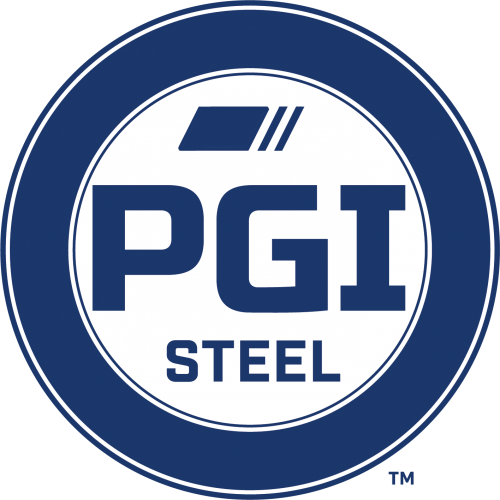Stress Relieving & Annealing Frequently Asked Questions
1. When Should you stress relieve or anneal your parts?
You should have your parts stress relieved or annealed when you need to stabilize material to help achieve flatness, to soften edges to make parts more machinable, and/or to help prevent the material from cracking.
2. How long does it take to have a part stress relieved or annealed?
For material in-stock and/or once other manufacturing steps have been completed, it takes two days to stress relieve or anneal a part – one day for the heating process and one day to cool.
3. Why sub-critical vs. full anneal?
Sub-critical annealing is used to soften the edges of higher carbon materials for machinability. Full annealing is used to condition higher carbon materials for forming, bending or rolling high carbon fabrications.
4. What is soak temperature?
The soak temperature is the heat needed to achieve the desired changes in the structure of metal during the stress relieving or annealing process.
5. What is soak time?
Soak time is the length of time a part must stay at the maximum temperature for a given heat, normally a minimum of one hour per inch of plate thickness. The more mass the part has, the longer it must be soaked.
